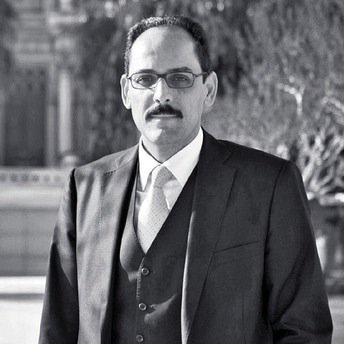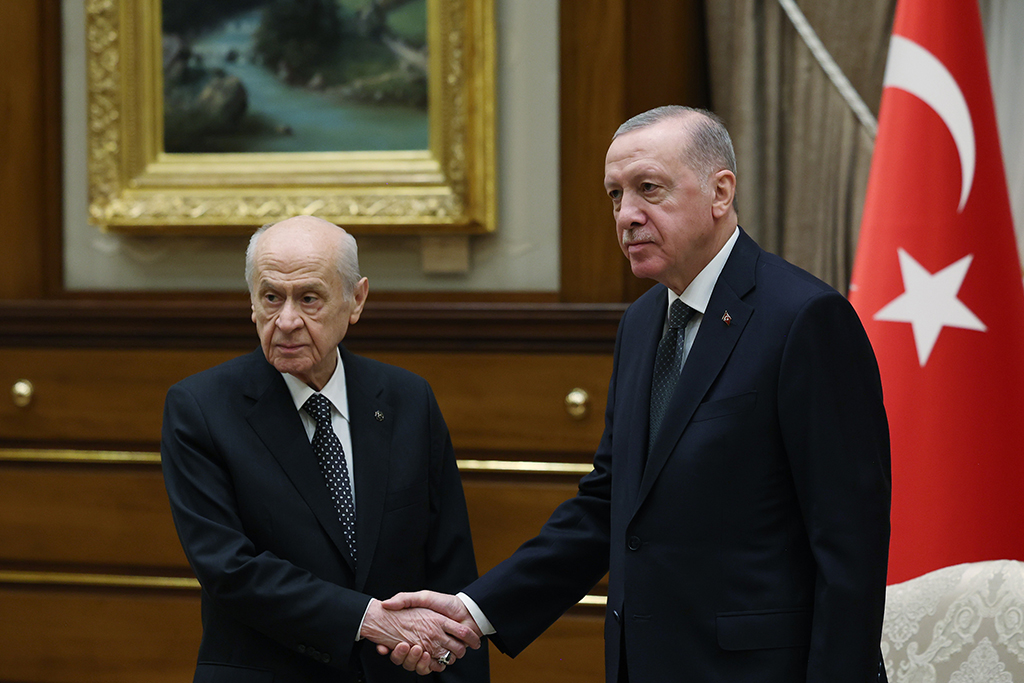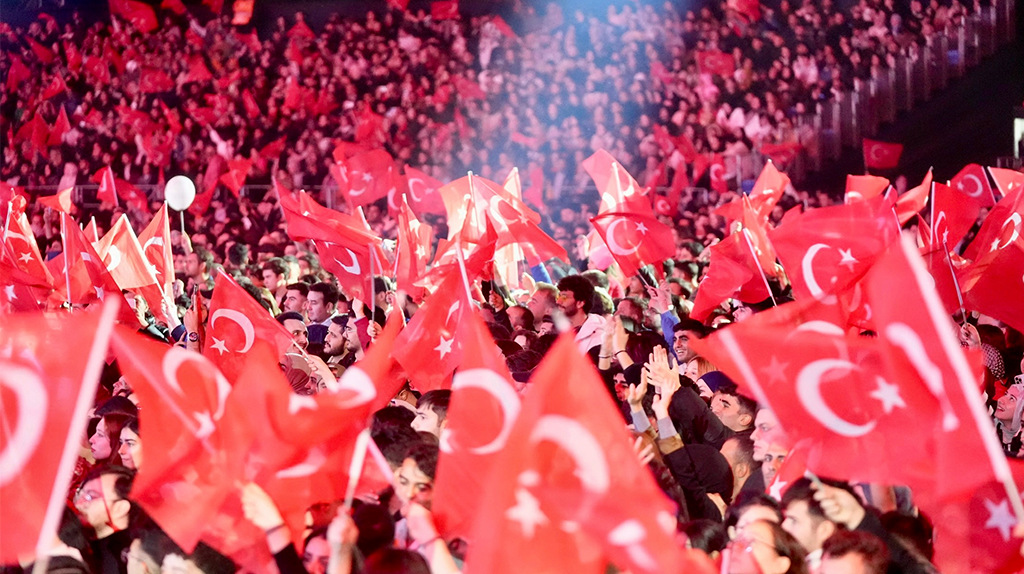The details of Hrant Dink’s assassination are frightening. Not because they reveal an underground gang or a secret terrorist organization but because they are so ordinary. Ogun Samast, the assassin, is a 17-year-old youth from Trabzon. He is described by his family and friends as somewhat angry and temperamental. He played soccer in an amateur club. His school record is not bright. He smokes. He socializes with his friends. He has a family. And he is 17 years old.All of these details lead us not to a monstrous killer but to an average person. And this is what is scary about the whole crime.
How do ordinary people like Ogun Samast become assassins? What motivates them to commit such heinous crimes? How many Ogun Samasts are there out there, waiting for an occasion to resort to violence to make a point? Was he making a point?We could spend days talking about the motives behind Hrant Dink’s killing. This is probably not without use. Turkey needs a healthy debate on civil rights, minority rights and the speedy abolishment of 301 and its sisters in the Turkish Criminal Code. Furthermore, the enormous sympathy shown to Dink after his killing and at his funeral gives us every reason to be hopeful because one person committed a crime and millions condemned it. Thousands carried placards saying “We all are Hrant Dink, we all are Armenians.”But none of this changes the fact that we live in a culture of violence. Tens of people killed every day in Iraq make us all sick and tired of death news. Thousands of people killed in battles, conflicts or natural disasters around the world have a similar effect: Death becomes something ordinary, something routine, trivial. Human life has no more value than oil, stock markets or national borders. A taxi driver in Istanbul was telling me that “human life in our country is no more than that of a chicken. Dink should have known better.” Like other societies in the world, Turkish society is embracing violence in myriad ways. Thanks to movies and other mass media products, we look at the anesthetization of violence with awe. Violence gives us a secret pleasure and a false sense of security from such atrocities. In his “Confessions,” St. Augustine talks about how people from all walks of life took pleasure watching the Roman gladiators killing each other. The modern gladiators are no longer in the arenas but among us. And we are their ruthless spectators. We spend so much time on organized crime and other forms of violence that we often forget the ubiquitous nature of “ordinary violence.” “Ordinary violence” defies any neat categorization. It is the sort of violence committed by people like Ogun Samast. It is carried out by ordinary people with rudimentary means without grandiose plans, plots or preparations. It does not require organized groups or big budgets. It takes ordinary people frustrated with their lives to commit such crimes. And that is why no police force can stop it. A deep sense of alienation and frustration underlies cases like Ogun Samast. We live under so much stress and pressure that getting by every day has become a hustle for most of us. A great majority of Turkish people are unhappy and dissatisfied in one way or another. The virtual reality we are bombarded with through TV series, movies, Internet and newspaper headlines is exact the opposite of what we ordinary people experience in our daily lives. The contrast only adds to the sense of frustration, the frustration that we’re able to do things better but that we simply can’t. For various political, economic and cultural reasons, many Turks feel out of history and dislocated today. They feel dispossessed and disempowered. The sharp contrast between their glorious past and the not-so-bright present creates a huge tension in their hearts and minds. Much of the “ordinary violence,” which is bred by the modern culture of violence, is a result of this sense of alienation and resentment. That Dink was killed by








